RMI Expeditions Blog
We had a wonderful climb today. As we left
Namche Bazaar and headed up the trai,l the summit of Mt. Everest came into view. It would not be a good day to make a summit attempt as the plume blowing off the summit reached out for a mile or so and is an indicator that winds on the summit are likely in the 100 mph range. But it sure does make for a nice photo. We stopped for lunch by the river and then, with full bellies, headed up the infamous Tengboche Hill. The team did a great job and in a couple of hours we reached the Tengboche Monastery and were greeted by one of the elder monks. After our visit, we made a quick descent to the fairy tail land of Deboche where we will spend the night. The team is doing well, a few minor physical discomforts, but to be expected. The tea house staff is firing up the dining room stove with dried Yak dung, hey what ever provides a bit of heat, bring it on.
RMI Guide Mark Tucker
On The Map
Fit to Climb: Week 8 Schedule
|
DAY |
WORKOUT |
TOTAL TIME |
DIFFICULTY |
|
1 |
Rainier Dozen / Easy Hiking ( 30 min) |
42 min. |
Medium |
|
2 |
Rainier Dozen / High Intensity Stair Interval Training (60 min) |
72 min. |
Very Hard |
|
3 |
Rainier Dozen / Rest |
12 min. |
Recovery |
|
4 |
Strength Circuit Training x 4 |
54 min. |
Hard |
|
5 |
Rainier Dozen / Rest |
12 min. |
Recovery |
|
6 |
Fitness Test |
60 min. |
Medium |
|
7 |
Rainier Dozen / Hike (4 hrs, 15lbs of pack weight) |
252 min. |
Medium |
|
Total |
8 hrs 24 mins |
|
BRIEFING
You’re approaching the halfway mark of the Fit To Climb conditioning program. A question I often ask myself is, “If I had to do the climb today, how would it go?” I like to think that once I reach the halfway point, I could give it a strong attempt and with good conditions and the stars aligned, I’d probably make the summit and back.
This is the mindset that goes with the next few weeks. You still have a ways to go in order to arrive at the start of the climb in great shape, but you should feel confident that you are already more prepared than most on summit day.
To quantify that feeling of preparedness, you’ll perform the fitness test again this week. You should see big gains over your results from week 4 due to the volume of intense training you have done since then and the fitness test is a way to measure that progress.
For the hike, we’ll increase the length to 4 hours but keep the same pack weight of about 15 pounds. Everything else will stay the same this week.
DESCRIPTIONS OF WORKOUTS
Day 1:
Rainier Dozen + Easy Hiking (30 Minutes)
Today’s hike is a recovery workout and you can always substitute it with a different activity, such as running, biking or swimming. The important thing is to move at a moderate pace for 30 to 45 minutes. The pace can be conversational, and you do not need to be dripping with sweat at the end of the workout.
Day 2: Rainier Dozen + Stair Interval Training (60 Minutes)
After the Rainier Dozen, warm up for about 10 minutes, and then climb up and down a set of stairs, at a consistent pace, for about 40 to 50 minutes. Cool down with some stretching. You don’t need to carry a pack on your stair interval training, the focus in this workout is on speed and intensity.
Day 3: Rainier Dozen / Rest
Begin your day with the Rainier Dozen. Feel free to take another 30 to 60 minutes of light exercise if you feel like it (a brisk walk is a great option). If you feel tired, today is a good opportunity be good to take a complete rest day instead. Listen to your body.
Day 4: Strength Circuit Training x 4
Repeat the strength circuit training workout introduced in Week 3. After warming up, perform four sets of the following exercises:
• Steam Engine
• Push Up
• Three Quarter Squat
•
Russian Twists
• Lunge
• Steam Engine Laying down
• Mountain Climber
•
8 Point Bodybuilder
Spend 40 seconds performing the exercises, and take 20 seconds between exercises to rest and rotate. Take a full minute of rest between each set. Take a full minute of rest between each set. Take ten minutes to cool down by stretching after you’re done.
Day 5: Rainier Dozen / Rest
Begin your day with the Rainier Dozen. Feel free to take another 30 to 60 minutes of light exercise if you feel like it (a brisk walk is a great option). If you feel tired, today is a good opportunity be good to take a complete rest day instead. Listen to your body.
Day 6:
Fitness Test (1 Hour)
After a good ten-minute warm-up followed by the Rainier Dozen, first complete the timed run for a distance of one mile (or your original timed run distance from the first test) at an intense pace. Record your time and then rest for five minutes.
Following the timed run, perform the strength test as follows: count the number of perfect repetitions you can complete in 2 minutes for each exercise. Write down your scores for each test.
• Push-ups: 2 minutes, followed by 3 minutes of rest
• Steam Engines on Back: 2 minutes, followed by 3 minutes of rest
• 3/4 Squats: 2 minutes, followed by 3 minutes of rest
• 20-yard Shuttle Run: Set up your shuttle run course with some cones or water bottles. If you aren’t sure of measurement use 25 normal paces as a guide. Run back and forth between your markers for 2 minutes, counting each loop as one.
Day 7: 4 Hour Hike
This week you’ll increase the hike duration by about an hour, and approximately 2 miles. If you are hiking on steep terrain, this could add another 700 to 1000 feet in elevation. Adding an hour may seem like a small increment, but you are going from a medium length hike to a fairly substantial effort.
SUMMARY
Congratulations on reaching the halfway point of your training program! Take the time to review your performance in the fitness test and compare them to the results from your first fitness test during Week 4 of the Fit to Climb Program. The value of recording your results in the fitness test is to show quantifiable measurement. These results may show progress (faster timed run and more number of strength test repetitions) which means that you are getting stronger and the program is working for you. If your numbers are the same or have slipped a little, it tells us that we need to re-focus and take look at specific areas of your fitness that are not yet improving. Armed with that knowledge, talk to a local fitness expert or trainer about what you may need to work on in order to improve.
Lastly, don't forget to take the time to celebrate your achievements on your dedication and progress over the past 8 weeks!
- John Colver
Have a question? See the
Fit To Climb FAQ for explanations of specific exercises and general pointers to help you through the Fit To Climb Program.
John Colver is a longtime climber, former mountain guide, and certified personal trainer with the American Council of Exercise. Colver introduced outdoor fitness classes to athletic clubs throughout the greater Puget Sound region before creating his
adventX brand. Currently, adventX leads training programs in Seattle and Colver presents clinics on outdoor fitness at companies such as Microsoft, Boeing, the American Lung Association, and REI. Colver lives in Seattle, and is working on his second book,
Fit to Climb - a 16 week Mount Rainier Fitness Program.
What a great day in and around
Namche Bazaar! Views outside of our hotel show the surrounding peaks rising about 20,000 feet. We are all fully energized with these spectacular views and went to one of the bakeries and coffee shops to start our morning.
Namche has many shops we can meander through during our rest day. The team and I spent some time perusing through but remembering to not overload our packs on the way to Base Camp. Try and buy it on the way out is my recommendation.
We will continue to enjoy the clear views of all the mountains today and the perfect weather. I know we are in for another beautiful day for the climb to
Deboche tomorrow.
RMI Guide Mark Tucker
On The Map
Today the team left the hustle and bustle of Kathmandu and flew on a nearly perfect day into the Khumbu Valley. We landed at the famous and sometimes a little scary Lukla airstrip without any issues. It was a beautiful 45-minute flight into the
Himalayas with amazing views of the mountains and even a glimpse of
Mt. Everest itself.
We hiked for a few hours along the only trail that leads up to BC (
Basecamp). There are no roads here, just a winding footpath that is busy with trekkers, climbers, porters, and yaks carrying loads for the
Everest expeditions.
The team is currently relaxing at one of the many tea houses situated here in the lower Khumbu Valley. It's an incredibly beautiful and peaceful place to be, and I'm quite certain everyone is excited to be here.
RMI Guide Casey Grom and crew
On The Map
Hello everyone!
After our really long flights (nearly two days) the team arrived yesterday and had a early dinner and then off to bed to catch up on some much needed sleep.
Today we had our official team meeting and discussed the adventure ahead. After our meeting we headed out into
Kathmandu to explore a little before we head into the mountains. Our first stop was to the Swayambunath, aka the Monkey Temple. It's a beautiful temple that sits above most of the city with views in all directions and is incredibly important to the Buddhist population here in the city. Next we paid a visit to the Pashupatinath Temple which is where the Hindu's bring their dead for cremation, and it was very surreal to be present while this ceremony was taking place. We then made a quick stop at the Boudhanath Stupa which is the second largest Stupa in the world.
After our city tour the team made our way back to our hotel and finalized our packing and finished the day off with a nice meal at the Famous Rum Doodle where they have saved autographs from all the climbers and
Everest summiteers over the years: Sir Edmund Hillary, Reinhold Messner and many others.
It was a pretty full day to say the least. Everyone is doing great and looking forward to getting into the mountains and stretching their legs.
RMI Guide Casey Grom and crew
On The Map
We are here at
Namche Bazaar, very comfortable and well fed. Campo de Base is the name of our tea house for the next two nights. Friendly staff, very tasty food and hot showers in the room. You have got to love that. We will be roughing it plenty in the near future so this bit of luxury will really help prepare us for the mission ahead. At over 11,000' this is the perfect place to spend some time to let the body adjust. Plans for tomorrow are hikes to local spots of interest and some old fashion relaxing. We have been going at it pretty hard since we landed in
Nepal, a little chill day will do us all some good.
RMI Guide Mark Tucker
On The Map
Mark Tucker here with the
Everest Base Camp Trek team. No, internet access at this point, so I thought I'd check in with the satellite phone. So we're just outside of the Sagarmatha National Park. We had a great night in Lukla. We took a little time this morning leaving as we organized the loads with our porters. We are set with all our gear that is needed while we continue our trek to
Base Camp. We're by the Tenzing Norgay Airstrip, where the STOL-type aircraft, acronym for Short Take Off and Landing type planes. Years ago a famous local Sherpa, Tenzing Norgay, with Sir Edmund Hillary supervising, spent a month revamping and lengthening the airstrip, but it is still quite a ride.
The team had a beautiful hike approaching the
Dudh Kosi River. It was fantastic. Good views, perfect weather. We are all looking really fine. The team is all doing very well and couldn't be happier.
RMI Guide Mark Tucker
You have to work with mother nature. Not a good idea to push into poor weather conditions with any small airplane. No fixed wing flights into
Lukla today. Once I spent almost a month at the southern tip of Chile waiting for a weather window to fly into the interior of the Antarctic. Should not be the case here. Problem is, there has been a couple days of limited flights and we were scheduled for today but it did not happen. So let's go for another plan. Let's charter one of the finest helicopter's in the world, the infamous B3. It was, after all, the first ship to touchdown on the summit of
Mount Everest. And for us, we just want to get to Lukla. We didn't get all the way there but ended up below
Lukla as the weather started to be an issue as we flew in. No sooner than landing, lightning and three inches of hail in less than an hour turned the green fields white. Two charters were needed and the second group had to stop even shorter for about ten minutes before meeting up with us. It was a tough dance at the airport, but we had some good fortune to pull this off. It was an awesome flight. The team did great with the shift of service and a wonderful job climbing over 2,000 vertical feet to get here....
LUKLA!!!!
Let the climb begin, may the force be with us.
RMI Guide Mark Tucker
On The Map
Mark Tucker here in Nepal kicking off the RMI 2013
Mount Everest programs.
Our first wave of climbers are all here with bags intact. After a nice city tour and final preparations yesterday we have made our way to the Domestic airport. Right now we are at the boarding area and on standby due to a weather delay in Lukla, which is our flight destination. Not unusual for such a delay, so we will wait till weather conditions improve. A cup of tea and a book will hold us over for a while. No hurry. Looking forward to keeping you all up to date as best I can over the next couple of weeks / months / years.
RMI Guide Mark Tucker
In every part of the world where we travel, some RMI individual is tasked with developing & maintaining the quality program presented on the web. Whatever their role, that individual typically has a personal attachment, investment and history with the lands, mountains or peoples visited during the program. Their effort includes much more than simply creating an appealing itinerary and a glitzy web presence. The behind-the-scenes work includes addressing RMI’s environmental responsibilities, social responsibilities, and the development of solid logistical support, from understanding local customs to establishing a safety net. Most importantly, this effort involves building relationships with the local community, helping to ensure that we operate as partners wherever we travel with whomever we work. For Carstensz Pyramid in Papua, New Guinea, I get to be that individual.
The
description of our program strikingly claims that we are the only outfit in the Western Hemisphere to partner exclusively with indigenous Papuans. Does it make you wonder how that came to pass?
Papua’s somewhat notorious reputation extends beyond the daily rain, and slick mud and logs of the jungle trek, and beyond the remote nature, sharp rock, and high altitude of the actual climb. And that’s already a lot! Truthfully, for those who research their objectives carefully, Papua’s reputation extends even beyond the uncertainty and flexibility required to visit an area where political tensions and security concerns exists. Shouldn’t you choose your outfitter most carefully?
In February I spent approximately three weeks in New Guinea’s “interior” with the intention not just to climb Carstensz Pyramid again, having guided a recent trip, but, as I enjoy saying, “I went to meet people.” Most of my time was spent among the Moni and Dani tribes of the highlands, but I also had the opportunity to shake hands with Indonesian government officials, Papuan regency representatives, folks with the Freeport mine, school teachers, pastors and missionaries, both Indonesian and expat, village elders, and even folks who were likely associated with the freedom movement (though that was difficult to tell because it seemed like politics was on everyone’s lips.)
I met a lot of people, explained what I was up to, and had many discussions with many people (with both tribal and Bahasa Indonesia translators helping me). Some folks expressed utter amazement that I was walking through their lands. This is predominantly because I was off the beaten path, i.e., not on the traditional, historical routes which have seen a good bit of use (and abuse). My presence also elicited appreciation (something I didn’t necessarily expect) because I was choosing to walk through the land rather than helicopter over it. Very practically speaking, people explained, flying over their lands excludes them from the benefits tourism can bring. I was already convinced that the model for sustainable tourism needed to include the indigenous peoples who inhabited the lands we wish to travel though en route to Carstensz, and spending all these weeks on the ground emphasized my sense for following socially responsible practices.
RMI's commitment to
Responsible Climbing pursues environmentally and socially responsible practices. This is simple enough to say, but a significant investment of time, energy & money is required to make good on those words. I have been told by many of the people with whom I connected in Papua, that my “relationship building” excursion (which included porter and trekking guide training, as well as discussions regarding tourist behaviors and expectations for each of the villages along the trek) was the first of its kind by a Western outfitter.
Sadly, the people of Papua (whether indigenous or Indonesian) have become accustomed to transactions which center solely around the exchange of money. I would suggest that for a tribal culture, where community is highly valued, to encounter trekkers & climbers with expectations to “take” home interesting stories, photographs and a summit, who repeatedly fail to “give” relationships, virtually guarantees a poor experience for both sides. I’m not trying to paint too broad of a picture because the truth is that each individual Papuan also wants what is best for his/her own person, family or tribe, just as we do in the West. I do, however, suggest that our social responsibility must encompass more than just paying porters well for work done well. Failure to build strong relationships will lead further down the present path experienced by many Western outfitters: where porters feel poorly treated and are sometimes not paid, and where tourists feel exploited and are sometimes extorted. Looking further down that path, do you wonder what it might look like? It looks just like the tensions which closed the route through Beoga years ago after hostages were taken. It looks just like the tensions which are currently threatening the Illaga route following a hostage/extortion situation in July 2012, or the abandonment and subsequent death of a sick Danish climber by a highly experienced outfitter. It looks just like an increasing number of operators who no longer have the option to peaceably travel through tribal lands and now offer helicopter transit up and over “tribal tensions.” And honestly, with some of the political and societal tensions which exist, unless outfitters work to develop relationships which are in line with indigenous tribal cultures, tourists will have no options other than to hire armed police or military to escort them through tribal lands. Wouldn’t it be more culturally and socially responsible to build relationships with the native peoples in which both parties collaborated to build a sustainable model of tourism?
I encourage you to follow my blog at
http://climbcarstensz.wordpress.com as I continue to share stories of what I have learned and of what we seek to build over time.
Amakane!











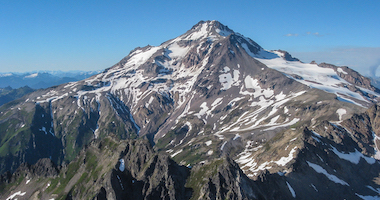


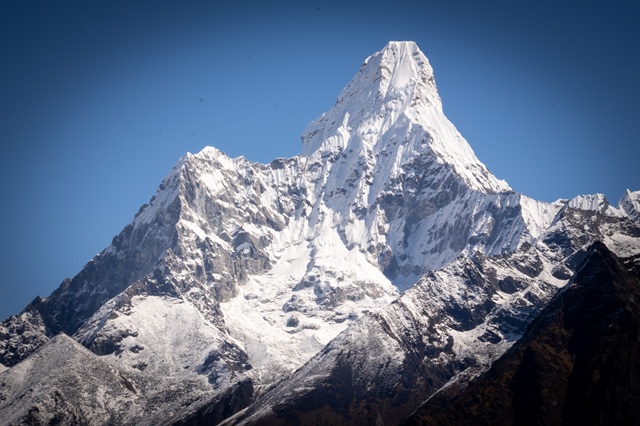
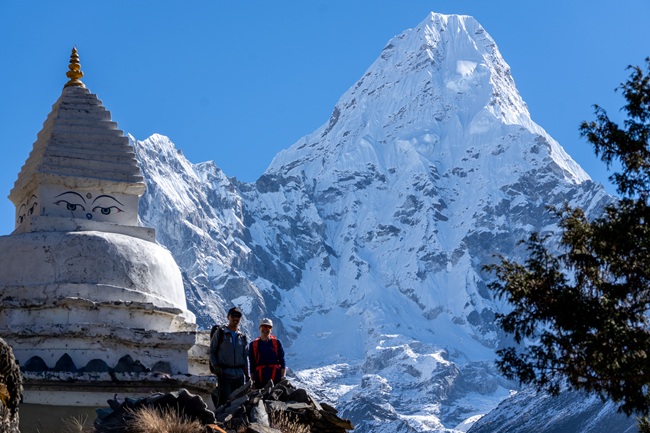
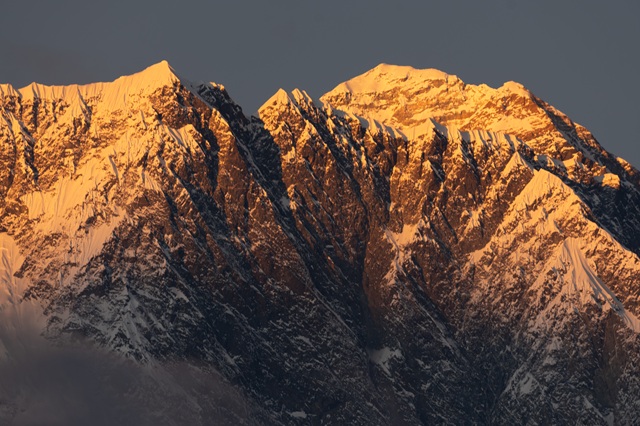
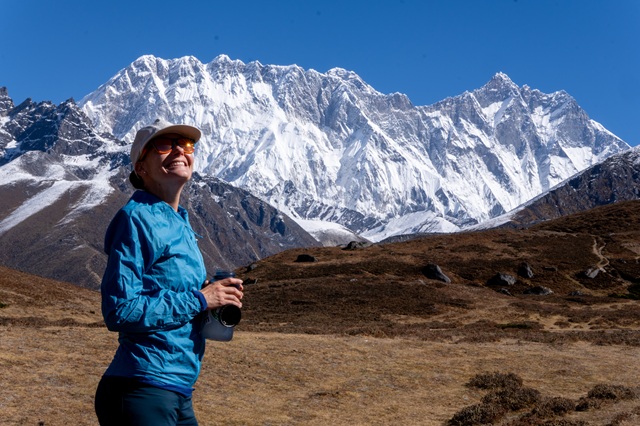
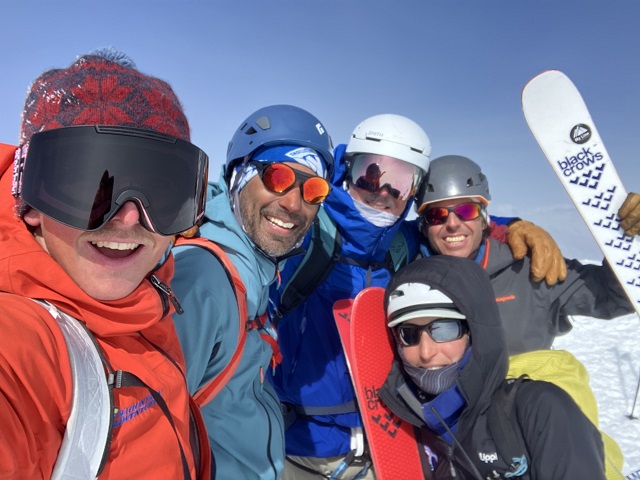
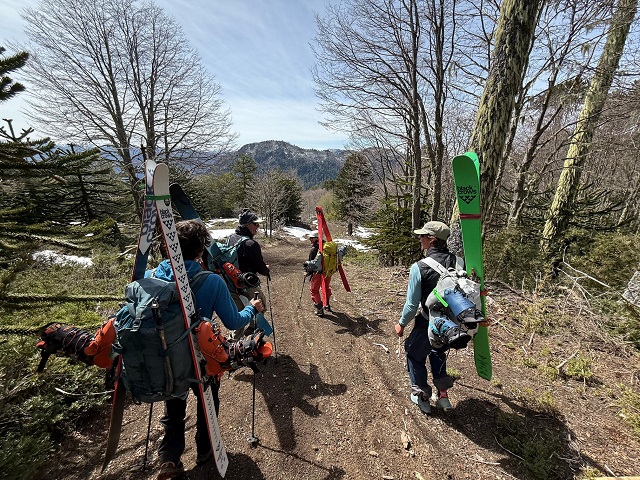
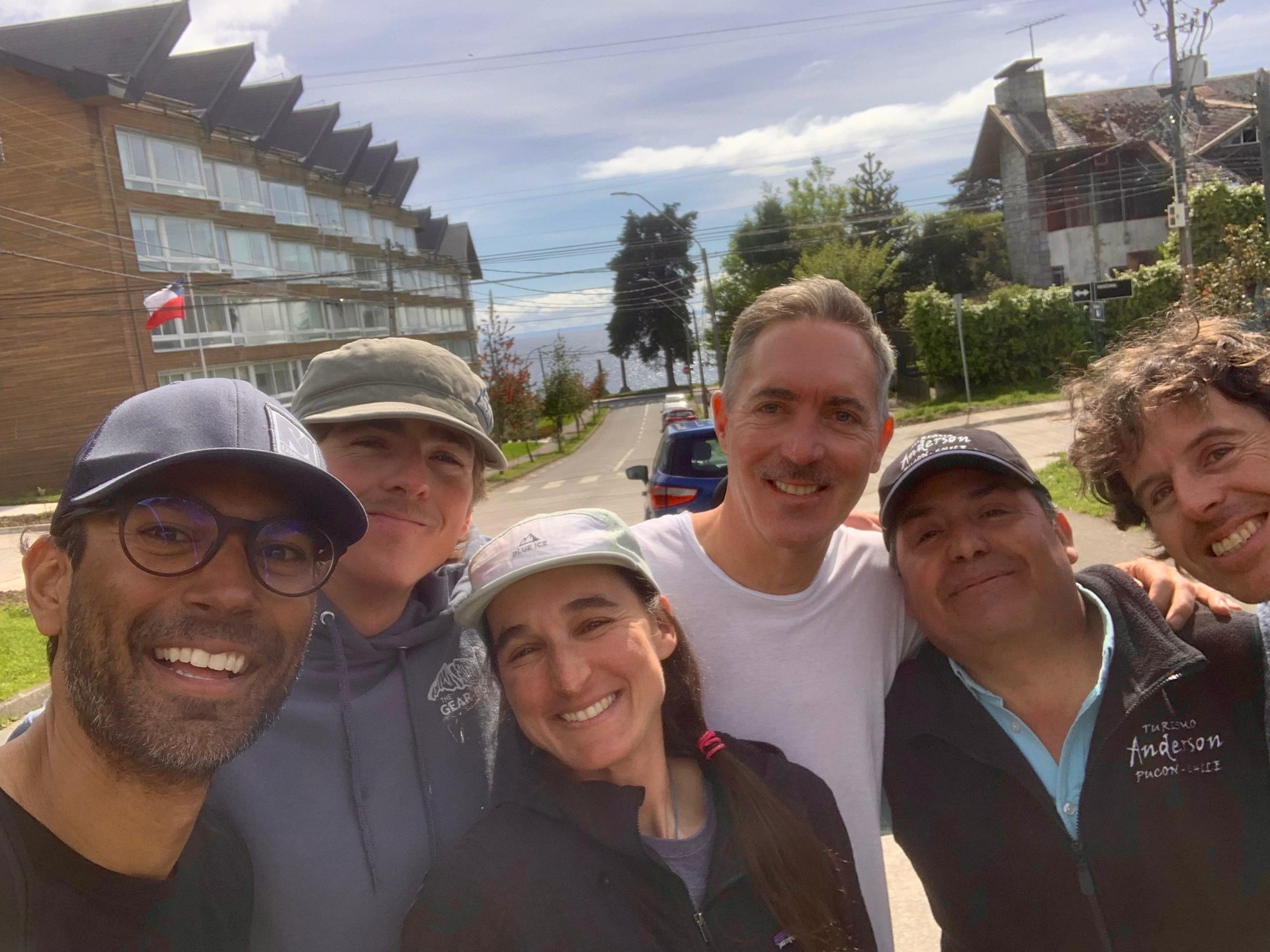
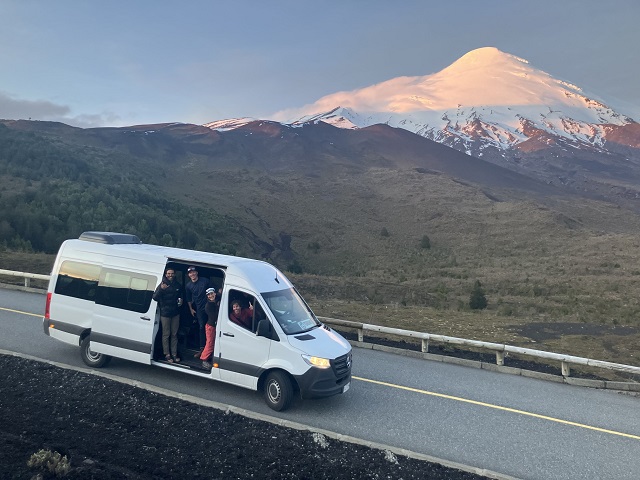
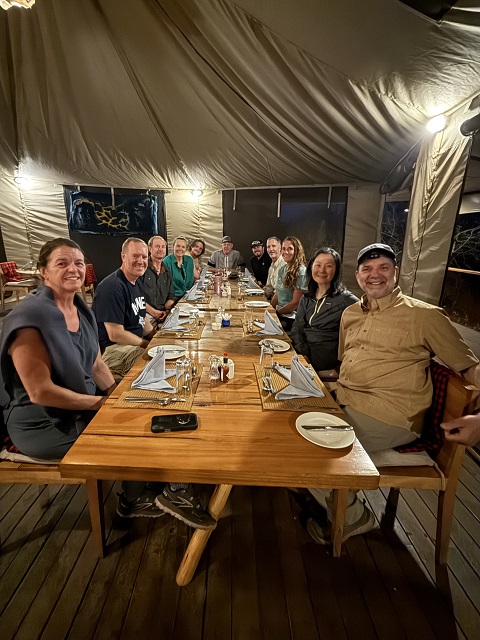
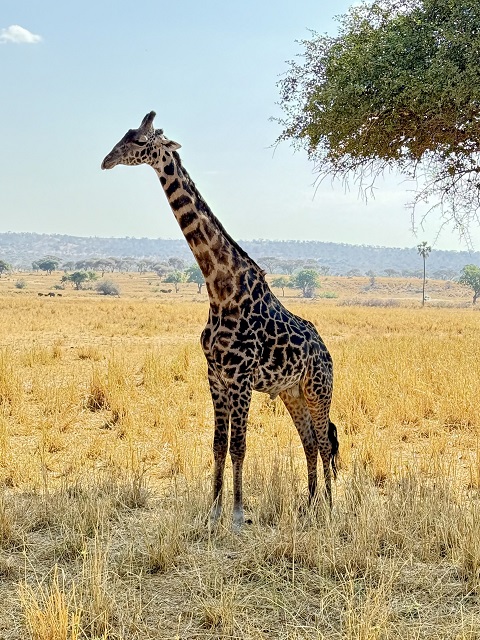
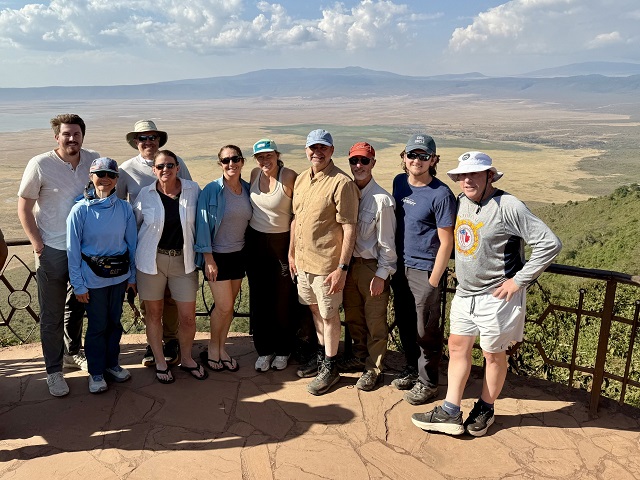
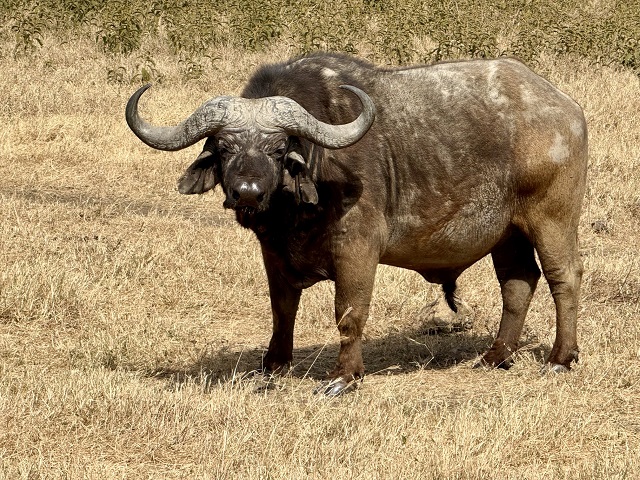
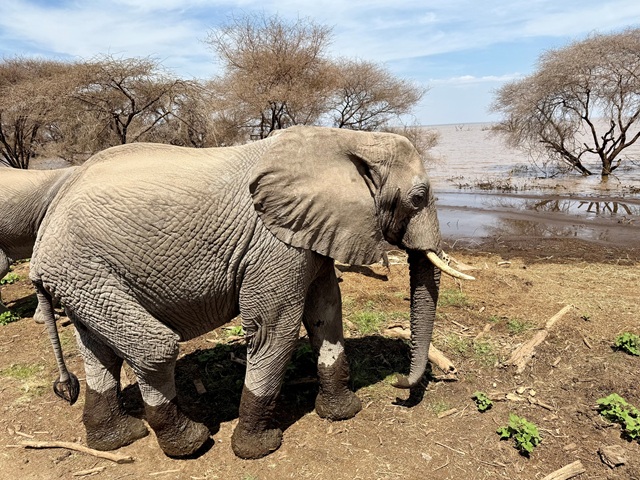
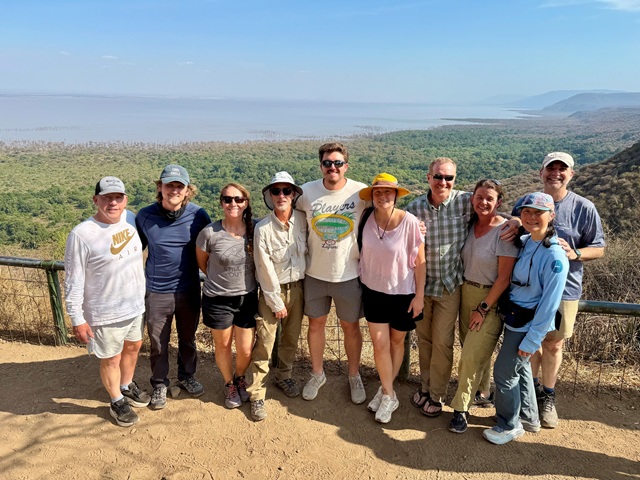
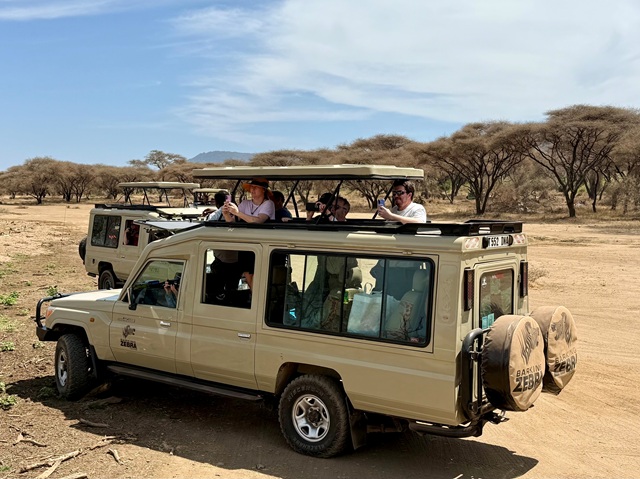
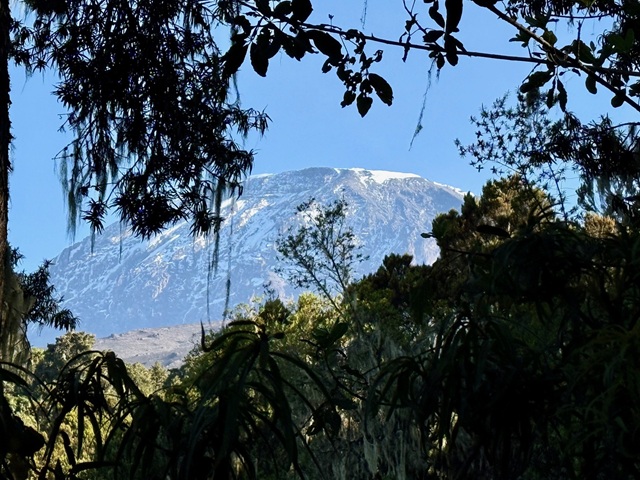
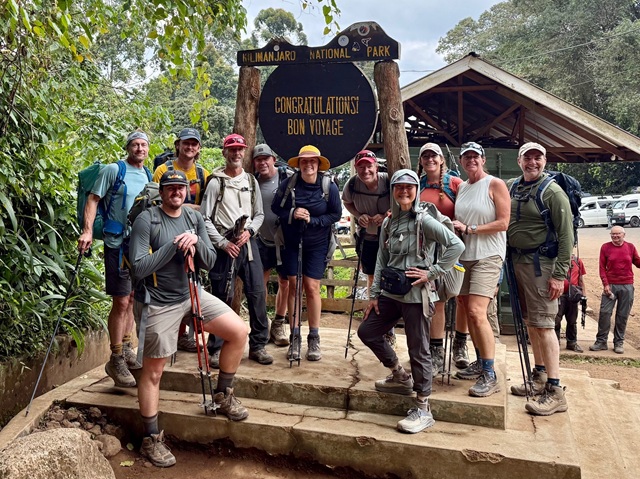
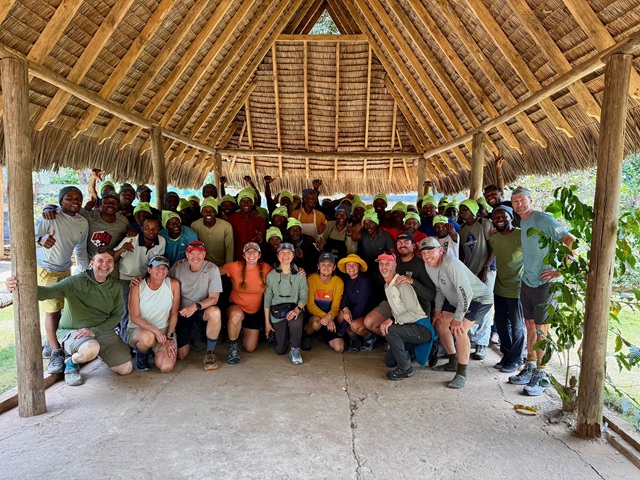
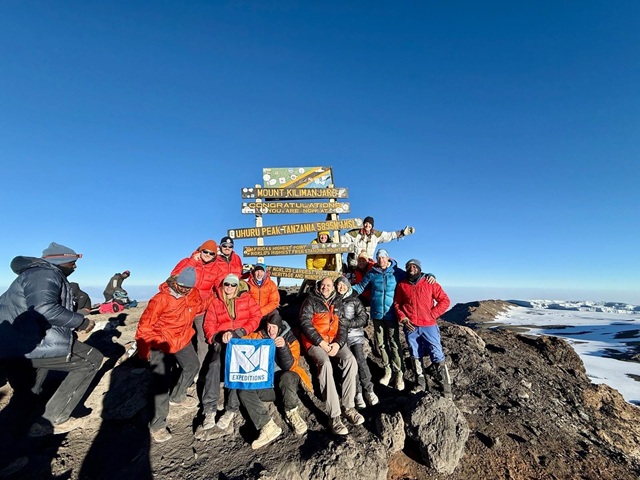
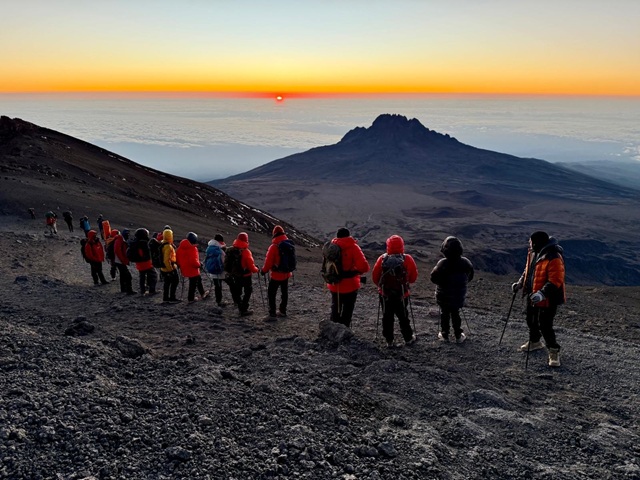
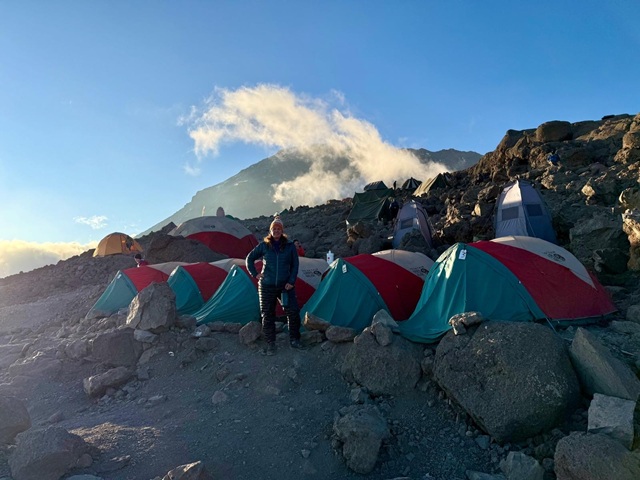
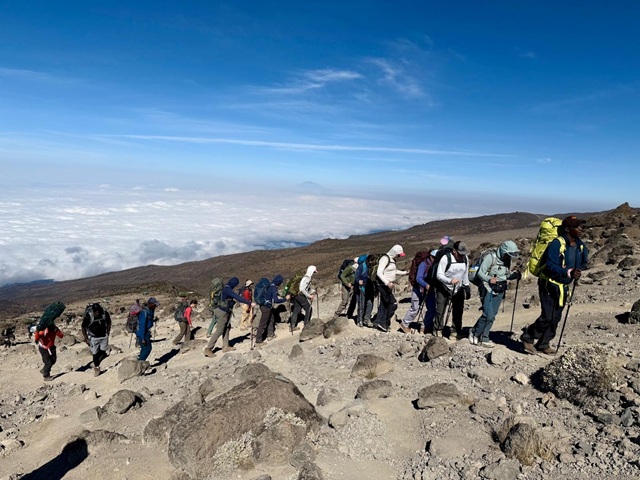
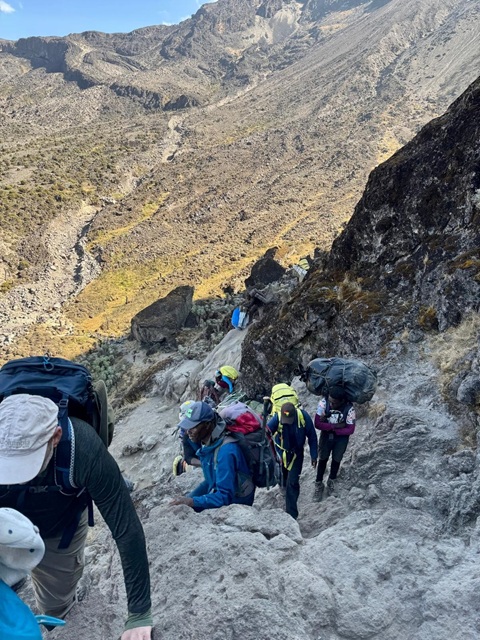
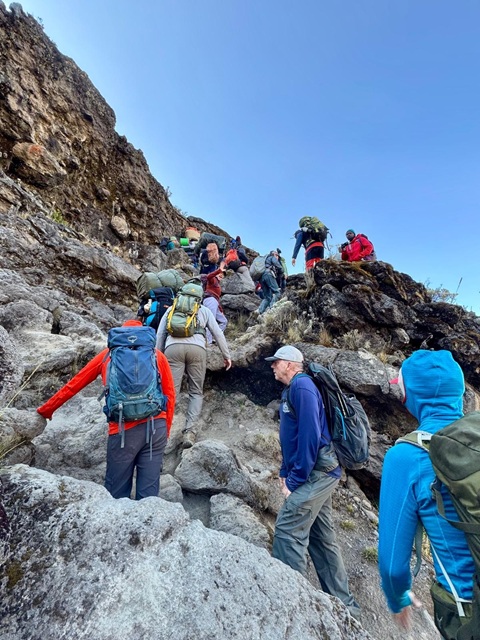
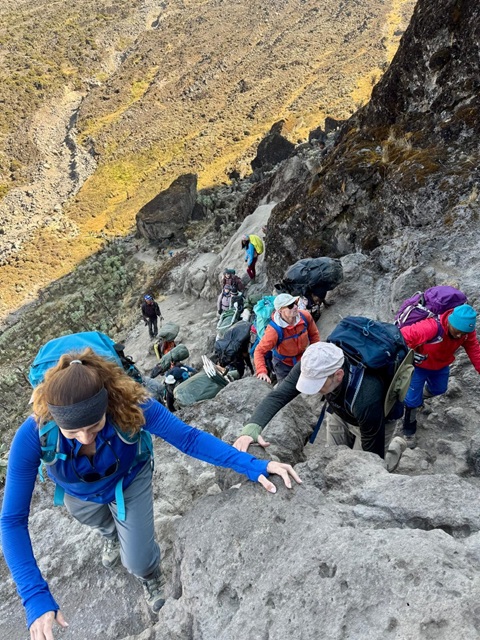
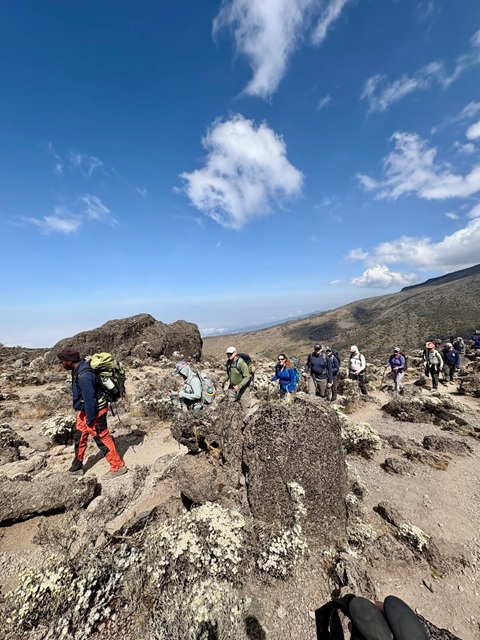






Hey Mark! Don’t forget to floss! :) Good job and make it back safe.
Posted by: Chrissy on 3/26/2013 at 3:02 pm
L & P- Congrats on making Pheriche!! Mark’s post from Deboche was great!! Enjoy!!
D is really excited and enjoying every step of the way with you! Take good care and soak it all in!! Thanks again to Mark!
Love M & G
Posted by: Gretchen & Mike on 3/26/2013 at 10:39 am
View All Comments